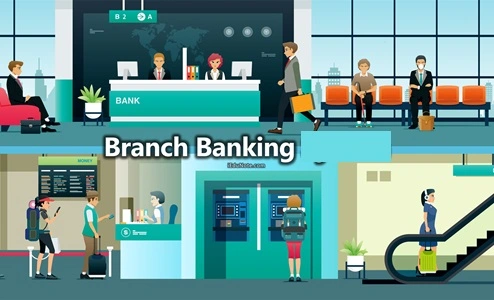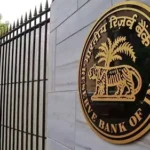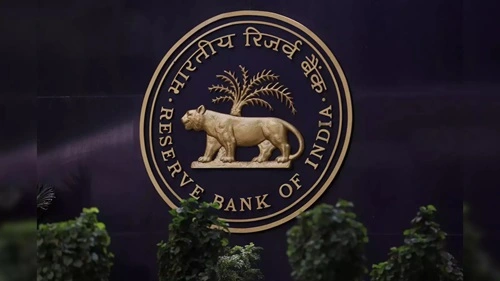Simply put, a bank that operates out of more than one physical location is known as a “branch.” These different locations of the bank provide the same high-quality service as the headquarters. The whole idea behind branch banking is to bring banking services closer to people’s homes and places of employment in order to make it easier for everyone, you know?
And yes, deposits, financial advice, and loans are just a few of the many services offered by each location. You can do your banking at any of the branches, the main office isn’t necessary. What a lifesaver! Each branch is linked to a central network. Keep in mind that customers are encouraged to visit more banks through the convenience of branch banking, which allows them to do business with local banks more easily. Sending a paycheck or asking for a loan are just two examples of the many simple and fast tasks made possible by branch banking. Now let’s find out the pros and cons of branch banking:

Advantages of Branch Banking
1. Big Savings with Economies of Scale
Branch banking enables banks to save much by combining resources. Here we are talking about a bank with several locations. They can divide the expenses of infrastructure, technology, and top-notch personnel. They therefore improve at handling things and reduce expenses. All of this works more smoothly and economically when each branch is doing what it does best, you know? All in all, branch banks operate at extremely low costs because of their extensive reach and common resources.
2. Spreading Out the Risk
Spreading out risks is a wonderful thing with branch banking. These banks don’t suffer greatly when one area has issues because they have branches spread throughout several places. Should one branch experience financial difficulties, others in more prosperous regions can contribute to balance things out. That means branch banks are therefore more adept at managing economic upheavals and financial crises.
3. Smart Use of Resources
Branch banking enables banks to allocate resources where they are most needed. One branch may send excess cash to another bank that needs additional money for investments or loans. By clever juggling, money is allocated where it will be most beneficial. And yes, branches pool personnel, technology, and expertise, which increases efficiency throughout the organization.
4. Top-Notch Customer Service
Offering customized, local experiences, branch banking shines at providing excellent customer service, always. Consumers can stroll into their neighborhood branch to conduct business, seek guidance, and resolve issues directly. In the process, the bank and its clients establish solid bonds and trust. Branches might also modify their offerings to meet the demands of the neighborhood or local communities.
5. One Interest Rate for All
Interest rates are maintained constant throughout different regions in part via branch banking. Simply put, by doing this, the supply and demand of money can be balanced by banks shifting money between branches. One branch can obtain additional funding for loans from branches with excess cash. The banking system is kept stable and equitable by guaranteeing that lending and deposit rates are uniform and fair everywhere, no matter what.
6. Creating Jobs Everywhere
Many jobs are produced in different communities by branch banks. Managers, tellers, customer service representatives, and other staff members are needed at every branch, right? Through job opportunities, this broad presence supports local economies. Banks also make training investments to advance the abilities and professional opportunities of their employees.
7. Building Public Trust
A bank’s public confidence is increased by its branch network. People trust banks that are easily available and clearly visible in their neighborhoods. With branches, clients can manage their banking locally and with ease and security. All in all, any bank’s stability and expansion depend on its reputation, which is developed by consistent, dependable services provided at several sites.
Disadvantages of Branch Banking
1. Managing Madness
Sure, running several branches is difficult. There are things like every branch has to have its regulations, efficient operations, and excellent service evaluated. All of this coordination can be somewhat time and effort-consuming, resulting in delays and inefficiencies overall, you know?
2. Lack of Go-Getters
See, it is a 100% true that sometimes branches are not very proactive. Their waiting on central office directives stifles originality and prompt problem-solving. The inability of branches to adjust to regional markets and client demands results in lost chances for expansion.
3. Big Bank Bullies
Smaller banks out there can easily be driven out of the market by large branch banks. When competition declines, costs rise and consumers find interest rates less alluring, right? All in all, fewer choices also mean lower service quality.
4. Regional Unfairness
With branch banking, it is pretty common that richer and bigger branches receive more funding, and poorer branches receive less. That’s why justly allocating resources among all branches is a major task.
5. Sky-High Operating Costs
Sure, having several branches costs money. No wonder that rental, staff, utility, and security expenses mount up. Upgrades to technology and marketing also increase the expense. Particularly if certain branches are struggling, these high costs can reduce earnings. That’s why running a single-location bank can be less expensive, but it is not the most effective approach, that’s why this negative is pretty much negligible.
6. Decision-Making Delays
See, in big banks with a lot of branches, big decision moves need central clearance, which causes delays in everything. And why not, customers looking for fast solutions may become irritated by this, which also prevents the bank from taking advantage of possibilities or reacting to dangers fast.
7. Corruption and Nepotism Risks
It shouldn’t be hard to understand that it is difficult to monitor everything with so many branches and employees. And yes, fraud and nepotism are two examples of how problems can compromise the bank’s integrity, leading to losses of money and a ruined reputation.
Compare of Branch Banking Advantages and Disadvantages
| Advantages | Disadvantages |
| Cost Savings through Shared Resources | Complex Management Challenges |
| Risk Diversification | Lack of Proactivity |
| Efficient Resource Allocation | Competition Elimination |
| High-Quality Customer Service | Unequal Resource Distribution |
| Uniform Interest Rates | High Operating Expenses |
| Job Creation in Various Locations | Centralized Decision-Making Delays |
| Increased Public Trust | Potential for Corruption and Nepotism |



















